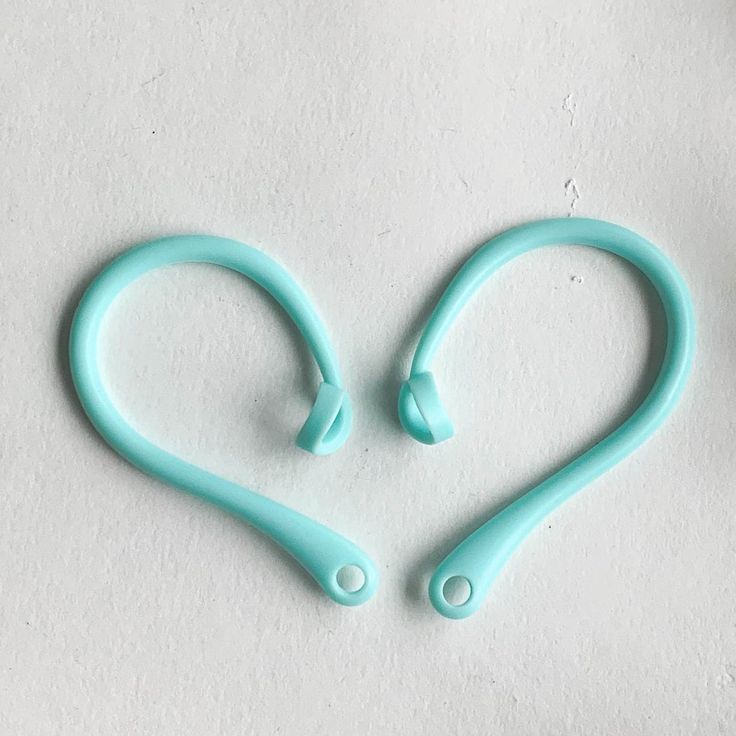In the fast-paced world of gaming, a controller charger is an essential tool for ensuring uninterrupted gameplay. Whether you’re battling fierce opponents online or embarking on epic solo adventures, a dead controller can abruptly halt your progress. But beyond simply replenishing your controller’s battery, a controller charger plays a crucial role in maintaining battery health and longevity. Let’s delve into the world of controller chargers, exploring their functions, benefits, and the different types available to help you choose the perfect charging solution for your gaming setup.
Power Delivery: The Core Function
At its core, a controller charger’s primary function is to deliver electrical power to your controller’s battery, replenishing its charge and enabling uninterrupted gameplay.
Charging Current and Voltage
Controller chargers provide the appropriate current and voltage required for safe and efficient charging of your specific controller model.
Battery Protection
Modern controller chargers often incorporate safety features like overcharge protection to safeguard your battery from damage and ensure its longevity.
Charging Indicators
Many chargers feature LED indicators that display the charging status, letting you know when your controller is fully charged and ready for action.

Types of Controller Chargers: Exploring the Options
Controller chargers come in various forms, each offering distinct advantages and catering to different needs and preferences.
-
Wired Chargers: These chargers connect directly to your controller via a USB cable, providing a reliable and consistent power source. They’re often included with the console or controller itself and offer a simple and cost-effective charging solution.
-
Charging Docks or Stations: These multi-device charging stations allow you to charge multiple controllers simultaneously, keeping your gaming setup organized and clutter-free. They often feature a sleek design and LED indicators to show charging status.
-
Battery Packs: Battery packs, also known as power banks, offer a portable charging solution for on-the-go gaming. They can be attached to your controller or used to charge other devices like smartphones or tablets.
-
Solar-Powered Chargers: For eco-conscious gamers, solar-powered chargers harness the sun’s energy to charge your controller, offering a sustainable and off-grid charging option.
Choosing the Right Charger:
-
Number of Controllers: If you have multiple controllers, a charging dock or station can be a convenient way to charge them all at once.
-
Portability: If you frequently game on the go, a battery pack or a solar-powered charger might be a better choice for portable charging.
-
Aesthetics: Consider the charger’s design and how it fits into your gaming setup. Some chargers offer sleek and minimalist designs, while others might feature colorful accents or gaming-themed aesthetics.
Beyond Charging: Additional Benefits
Controller chargers can offer more than just battery replenishment. They can also enhance your gaming experience and provide added convenience.
-
Organized Setup: Charging docks or stations help keep your gaming area organized by providing designated slots for your controllers.
-
Extended Playtime: Battery packs allow for extended playtime without interruptions, ideal for long gaming sessions or travel.
-
Fast Charging: Some chargers support fast charging, allowing you to quickly power up your controller and get back to gaming.
-
LED Indicators: LED lights on the charger can indicate charging status or battery level, keeping you informed about your controller’s readiness.

Safety and Compatibility: Important Considerations
When choosing a controller charger, prioritize safety and ensure compatibility with your specific controller model.
-
Certifications and Safety Standards: Look for chargers that are certified and meet safety standards to protect your controller and prevent electrical hazards.
-
Controller Compatibility: Ensure the charger is specifically designed for your controller model. Using an incompatible charger can damage your controller’s battery or even cause it to malfunction.
-
Overcharge Protection: Choose a charger with built-in overcharge protection to safeguard your controller’s battery from damage caused by excessive charging.
-
Brand Reputation: Opt for reputable brands known for their quality and reliability. Read online reviews and compare features to find the best option for your needs.
Battery Health and Longevity: The Unsung Hero
Beyond simply providing power, a good controller charger plays a vital role in maintaining the health and longevity of your controller’s battery.
-
Optimized Charging: Modern controller chargers often employ intelligent charging algorithms that monitor the battery’s voltage and temperature, delivering the optimal charging current to prevent overcharging and overheating. This helps prolong the battery’s lifespan and ensure its consistent performance.
-
Trickle Charging: Some chargers utilize trickle charging, a slow and gentle charging method that delivers a low current to the battery once it’s fully charged. This helps maintain the battery’s charge level without causing stress or damage.
-
Battery Protection: Look for chargers with built-in safety features like overcharge protection, short circuit protection, and temperature control. These safeguards protect your controller’s battery from potential damage and ensure a safe charging experience.

Troubleshooting: When Your Controller Charger Isn’t Cooperating
Even the most reliable charger can encounter hiccups. Let’s explore some common troubleshooting steps you can take if your controller charger isn’t working as expected.
-
Check the Connections: Ensure the charging cable is securely plugged into both the charger and the controller. Also, check the power cord connection to the outlet.
-
Try a Different Cable: If you have a spare cable, try using it to rule out any issues with the original cable.
-
Inspect the Charging Port: Check the charging port on your controller for any debris, lint, or damage that might be obstructing the connection. Gently clean the port with a soft brush or compressed air.
-
Reset the Controller: If your controller has a reset button, try resetting it. This can sometimes resolve minor software glitches that might be affecting charging.
-
Contact Manufacturer Support: If you’ve tried all troubleshooting steps and the charger still isn’t working, contact the manufacturer’s customer support for further assistance or potential warranty claims.
DIY Charging Solutions: Resourcefulness in Action
In a pinch, or if you’re feeling adventurous, you can even explore DIY solutions for charging your controller.
-
USB Charging: Many controllers can be charged directly via USB, even without a dedicated charger. Simply connect your controller to a computer or a USB power adapter using a compatible cable.
-
Repurposing Phone Chargers: If your controller uses a micro-USB or USB-C port, you might be able to use your phone charger to charge it. However, ensure the charger’s output voltage and current match your controller’s requirements.
DIY Precautions:
- Compatibility: Always double-check compatibility before using any DIY charging solutions. Using an incompatible charger or cable can damage your controller’s battery or even cause it to malfunction.
- Supervision: Avoid leaving your controller unattended while charging, especially with DIY solutions.

Caring for Your Controller and Charger: Ensuring Longevity
Proper care and maintenance can extend the lifespan of both your controller and charger, ensuring countless hours of uninterrupted gaming.
-
Avoid Overcharging: While modern chargers have built-in safeguards, it’s still a good practice to avoid leaving your controller plugged in for extended periods after it’s fully charged. This can prevent unnecessary stress on the battery and prolong its lifespan.
-
Store Properly: When not in use, store your controller and charger in a cool, dry place away from direct sunlight and extreme temperatures.
-
Clean Regularly: Wipe down your controller and charger with a soft, damp cloth to remove dust, dirt, or any spills. Avoid using harsh chemicals or abrasive cleaners that could damage the surfaces.
-
Handle with Care: Treat your controller and charger with care, avoiding dropping them or exposing them to excessive moisture or impact.
The Environmental Footprint: Making Sustainable Choices
As with any electronic device, the production and disposal of controller chargers have an environmental impact. Here are some ways to make more sustainable choices.
-
Energy-Efficient Chargers: Opt for chargers with energy-saving features, such as automatic shut-off when the controller is fully charged. This minimizes energy waste and reduces your carbon footprint.
-
Durable and Long-Lasting: Choose a high-quality charger built to last, reducing the need for frequent replacements and minimizing electronic waste.
-
Responsible Disposal: When your controller charger reaches the end of its lifespan, dispose of it responsibly through e-waste recycling programs. Avoid throwing it in the regular trash, as this can contribute to environmental pollution.

Conclusion: Power Up Your Gaming Adventures
A controller charger is more than just a simple power source for your gaming controller. It’s an essential tool that ensures uninterrupted gameplay, maintains battery health, and adds convenience and organization to your gaming setup.
By understanding the different types of chargers available, considering your needs and preferences, and prioritizing safety and compatibility, you can choose the perfect charger to power up your gaming experience and keep those controllers ready for action.
Remember, a well-charged controller is the key to unlocking endless hours of gaming fun. So, invest in a reliable charger, keep those batteries topped up, and embark on your next virtual adventure with confidence!










